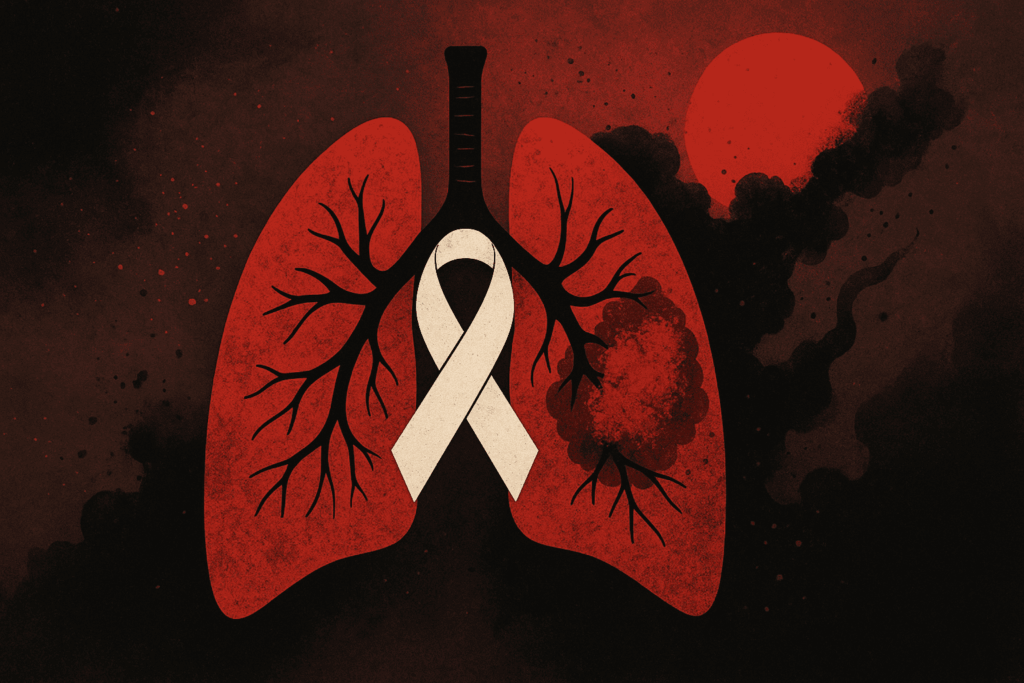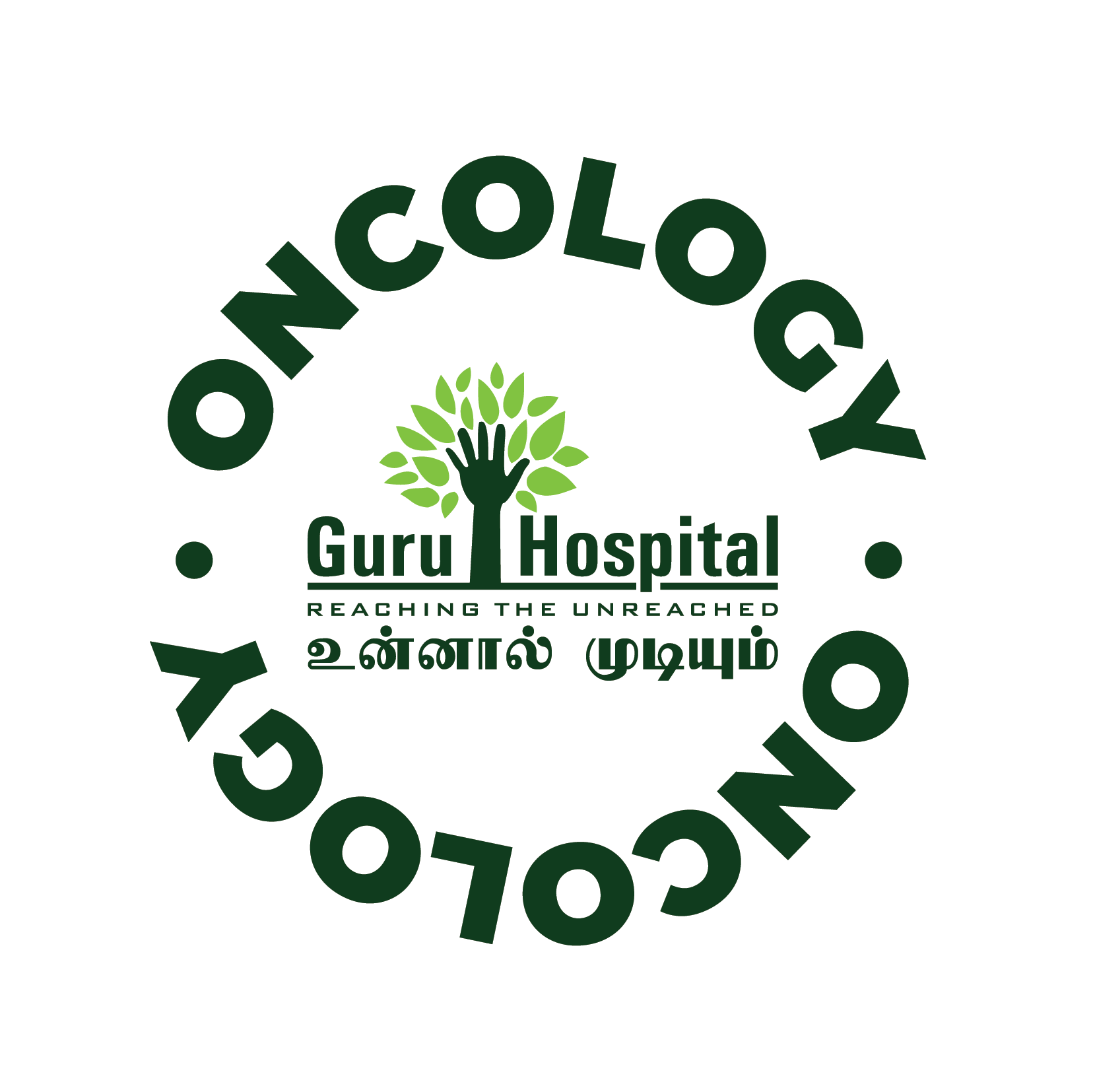Did you know that lung cancer is the leading cause of cancer deaths worldwide? Yes, despite advances in treatment, lung cancer accounts for about 1.8 million deaths each year globally. The lungs are vital for the oxygen supply throughout the entire body removing carbon dioxide from the air we breathe. Lungs also regulates the blood’s pH, filter small blood clots and protects the immune system for airborne pathogens. Lung cancer disrupts its ability to exchange oxygen and carbon dioxide, damage lung tissues and can block airways making it difficult to breath. This can lead to severe problems to the overall health of the body. In this blog, I’ll discuss the symptoms, risk factors, prevention and treatment for lung cancer.
What is lung cancer?

Lung cancer is a type of cancer that starts in the cells of the lungs. It occurs when there is an abnormal growth of cells in lungs which forms into a tumour which eventually interfere with the lungs’ ability to function. Lung cancer can also spread to the other parts of the body making it more difficult to treat. It is mainly categorized into two and they are:
- Non-Small Cell Lung Cancer (NSCLC):
It is the most common type, accounting for about 85% of the cases. This cancer tends to grow and spread slowly than the other kind of lung cancer. It is further divided 3 types they are:
Adenocarcinoma: It typically develops in the outer areas of the lungs especially from the cells that produce mucus.
Squamous cell carcinoma: It develops in the flat cells lining the airways and is often found near the centre of the lungs that produce mucus.
Large cell carcinoma: It occurs in any part of the lung and can spread quickly.
2. Small Cell Lung Cancer (SCLC):
SCLC accounts for about 10-15% of cancer cases and is strongly linked with smoking. This grows and spreads more rapidly than NSCLC, often to distant organs at early stages. It is classified into two stages:
Limited stage: Cancer is confined to one lung and may affect nearby lymph nodes.
Extensive stage: Cancer has spread beyond the lung to the other parts of the body.
Symptoms:
These are some of the common symptoms seen in lung cancer patients:
- Persistent cough as the tumour irritates the airways.
- Chest pain cause the tumour invades the chest wall and puts on pressure.
- As the tumour grows, the individual may suffer from shortness of breath.
- Tumour can damage the blood vessels in lungs which leads to coughing up blood.
- Cancer alters the body metabolism which result in unexplainable weight-loss.
- It can lead to fatigue or tiredness as the body’s energy is directed to fight cancer.
- If the tumour presses on the nerves controlling the vocal cord it can make the voice hoarse.
- Tumours can obstruct certain parts of lungs which may lead to recurrent infections such as bronchitis or pneumonia.
These symptoms can worsen overtime when the tumour spreads to the other organs further disrupting the lungs’ function.
Risk factors:
Would you believe me if I said that smokers aren’t the only ones who get affected by lung cancer, and there are other factors too? Yes, now let’s get into it.
- Smoking: Of-course smoking is the main cause, the tobacco in the smoke contains carcinogens that damage lung cells, increasing the risk of cancer.
- Second hand smoke: Non-smokers exposed to tobacco smoke can also develop lung cancer.
- Exposure to radon gas: Radon, a naturally occurring radio-active gas, which can even be found in homes has the capacity to damage lung tissue.
- Air pollution: Long-term exposure to polluted air, including industrial emissions and vehicle exhaust increases lung cancer risk.
- Asbestos and other carcinogens: These can be found in our daily use products such as gasoline, bleach, water pipes, etc… which also contribute to lung cancer.
- Genetic factors: Family history of lung cancer may increase susceptibility.
- Radiation therapy: Previous radiation treatment to the chest can increase the risk.
- Occupational hazards: Jobs such as mining, manufacturing, etc.., which involves the exposure of carcinogens increases the risk.
To prevent lung cancer, avoid smoking, regularly test your home for radon, limit exposure to carcinogens, maintain a healthy lifestyle and do regular health check-ups.
Treatment:
- Surgery:
Surgery is the first line treatment for NSCLC, where the cancer is localized and has spread to any other parts of the body. Surgery is often combined with radiation therapy or chemotherapy.
- Radiation therapy:
Radiation therapy uses high-energy rays to destroy or shrink cancer cells. It can be used at various stages of cancer. Radiation therapy is a standard treatment for SCLC in combination with chemotherapy.
- Chemotherapy:
Chemotherapy involves drugs that involves drug that kill cancer cells or prevent them from further growth. It is used in both NSCLC and SCLC, often when the cancer has spread beyond the lung or after surgery to kill cancer cells. It can be used in combination with radiation.
- Targeted therapy:
Targeted therapy uses drugs that specifically target genetic mutations or proteins that drive of the cancer cells. It is often used in advanced stages of NSCLC. Unlike chemotherapy, targeted therapy often spares normal cells, leading to fewer side effects.
- Immunotherapy:
Immunotherapy helps body’s immune system to recognize and attack cancer cells. It is primarily in advanced NSCLC and sometimes in SCLC. It is often used for advanced lung cancer which hasn’t responded well to chemotherapy and targeted therapy.
- Palliative care:
Patients with advanced lung cancer focuses on increasing the quality of life by managing symptoms like pain, breathing difficulties and fatigue. It does not aim to cure cancer but to relieve the discomfort and pain that comes along with it.
- Personalized medicine:
Lung cancer treatment is increasingly moving toward personalized medicine specifically tailored according to the patient’s genetics after testing for mutations.
Conclusion:
Lung cancer remains a significant global challenge, early detection and advanced treatment options offer hope for improved outcomes. Lung cancer is determined by a multi-disciplinary team of doctors who consider the cancer’s type, stage and patient’s overall health. That’s why Guru Cancer Centre is a top choice for comprehensive lung cancer treatment as they have been thriving in this field for over 45 years. Whether you need screenings, advanced treatments or personalized support, Guru Cancer Centre is committed to help you every step of the way. Book your appointment now for the best lung cancer care.



